Not having an Indian ingredient doesn't mean you cannot make the recipe. My guide to Indian ingredient substitutions makes it simple for you to substitute an unfamiliar ingredient for something you commonly have in your pantry. This will allow you to ease into trying new things.
Indian ingredient substitutions are a good way to start. Later, after you fall in love with Indian flavors (which I know you will), you can invest in purchasing more Indian ingredients. Then you will be able to cook with the wonderful flavors of Indian cuisine anytime you wish.
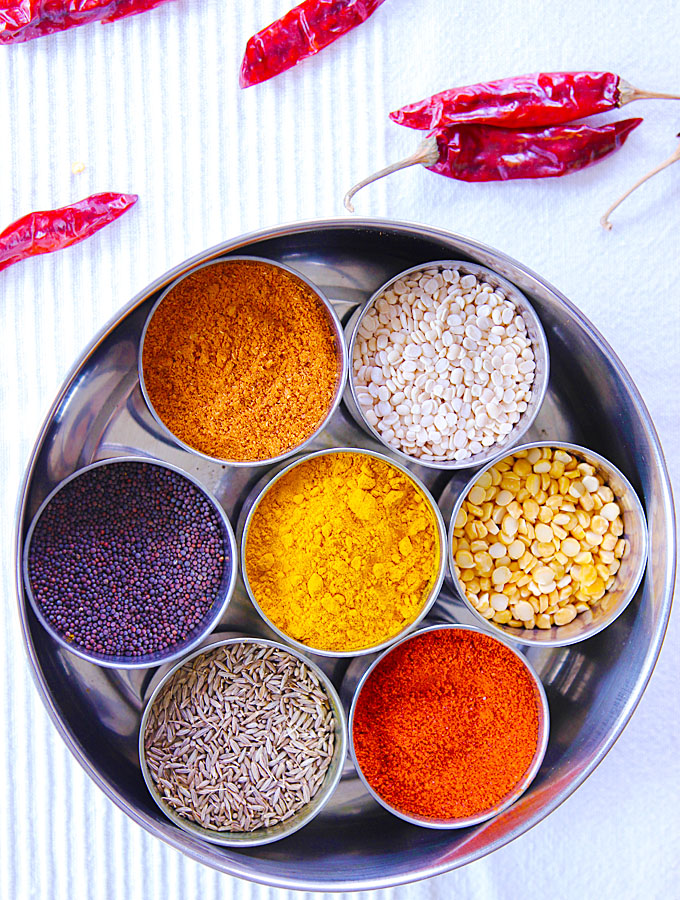
Ingredient Substitutions For Commonly Used Indian Spices
Asafetida (asafoetida, hing)
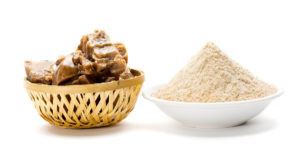
Asafetida is a powder made from the sap of a plant relative of fennel. It is commonly used in Indian cooking, but is virtually unknown in the West.
Asafetida has a strong sulphur smell, which makes it very unique, and nearly impossible to substitute. It is commonly used as a substitute for onions and garlic, so under some circumstances, it could make sense to substitute onions, shallots, or garlic in your recipe.
This is a wonderful spice that is highly supportive for digestion. I highly recommend investing in it when you are ready.
Be aware that asafetida resin is commonly mixed with flour to make it easier to work with. Look for gluten-free if that is important to you.
Pure asafetida resin is rare, and very strong and powerful. A tiny amount will be a lot. Test your asafetida after purchase. You’ll typically use a pinch.
BUY NATURAL, GLUTEN-FREE ASAFETIDA
Amchur (amchoor)
Amchur is an Indian spice made from dried unripe green mangoes. Amchur has a dry sour taste, and it is a delight to use in the kitchen. It is commonly used in North Indian cuisine, hailing from a time when lemons and limes were rare due to the climate, and transporting food over long distances wasn't the norm.
Ground Persian lime can be used as a substitute for amchur if Persian food is more to your liking. In the absence of either of these, simply add more fresh lime as a substitute.
Black Or Brown Mustard Seeds (sarson)
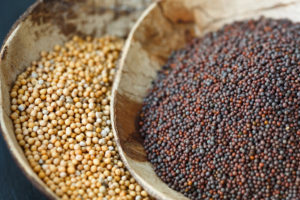
Black or brown mustard seeds are ubiquitous in South Indian cooking. They have a pungent and nutty flavor, much more so than the yellow mustard seeds commonly used in the West.
To release their flavor, most recipes require heating the seeds in oil until most of them pop, at which point either more ingredients are added to the dish, or the cook time is done.
If you do not have black mustard seeds, just leave them out of the recipe. I encourage you to invest in this wonderful spice when you are ready.
Chat Masala
Chat masala is a spice powder mix typically consisting of dried mango powder (amchur, amchoor), cumin, coriander, dried ginger, black pepper, asafetida, and chili powder.
If you do not have chat masala, use equal parts coriander powder and cumin powder. If you have any of the spices listed in the paragraph above, you could also add a small amount to enhance the flavor of your dish.
Coriander Seeds And Coriander Powder (dhaniya)
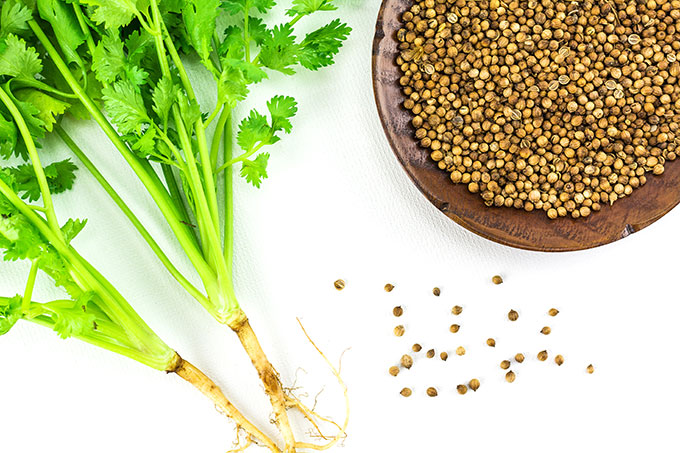
Coriander seed is actually the dried fruit of the plant. It has a lemony citrus flavor, sweet and a little earthy.
This ingredient is essential, inexpensive, and commonly used, so please buy it.
In Indian cooking, the seed would typically be roasted and ground up on its own, or mixed with other spices to make a masala.
The seeds is used less commonly than the powder, unless you intend to make your own masala, and you can always substitute the powder if the whole seed is called for.
Coriander powder is commonly available in grocery stores, so I encourage you to invest in this spice as there is really no substitute, and it is very pleasant tasting.
Cumin Seeds And Cumin Powder (jeera)
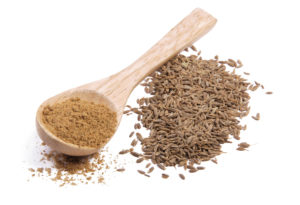
It is also easy to find in any grocery store. Cumin seeds are used more most often in recipes, so I recommend purchasing the seeds if you are buying just one form of this spice. You can also substitute one for the other.
Cumin is used in cuisines all over the world. It has a distinctive earthy and warming flavor and aroma.
Curry Leaves (kari patta)
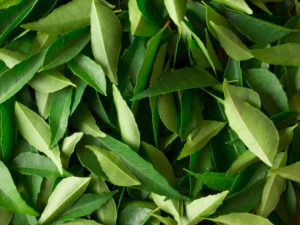
Curry leaves, also known as kari patta, are small, fragrant, somewhat citrusy leaves that grow wild in India, but are difficult to find in the West unless you visit an Indian grocery store.
You can usually find a package of fresh curry leaves in the refrigerated section of an Indian grocery store. Once you bring them home, store them in the freezer, and they will keep for months.
It is very worth using curry leaves if you can find them, but their flavor is subtle, so if you cannot source them, just leave them out.
Garam Masala
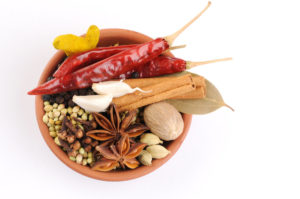
Garam masala is a combination of powdered warming spices. There are many different variations of the spice mix, based on the different regions in India. They are all good.
If you do not have garam masala, use equal parts of any of the following that you have in your pantry, and powder it before using: black pepper, cinnamon, cardamom powder, bay leaf, cumin powder, and clove powder. (Careful with the clove powder, as it can easily overpower.)
Kasoori Methi (dried fenugreek leaves)
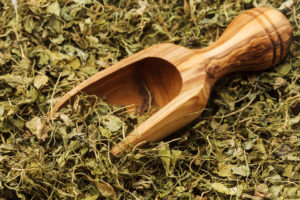
Kasoori methi is the dried leaf of the fenugreek plant. The taste is similar to celery and fennel combined, and it is slightly bitter.
If you do not have kasoori methi, substitute celery leaves, or something bitter, such as a bit of radish or dandelion greens
Green Chilis
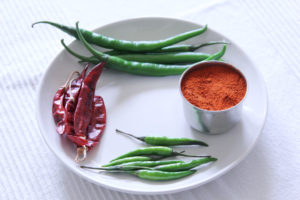
Green chilis are long, slender, and medium to medium-hot in intensity. They are available in small and medium sizes.
If you do not have green chilis, use an equal amount of fresh jalapeño pepper. The spice levels are very similar. Alternately, the more widely available Thai chilis or Serranos are also a good substitute.
Kashmiri Chili Powder
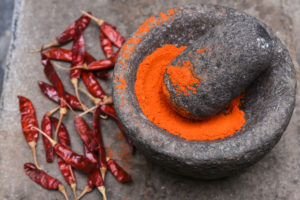
Kashmiri chili powder is milder than red chili powder, and it has a bit of a smoky or earthy flavor. This type of chili is used in North Indian cooking, most famously for tandoori dishes. This is how tandoori dishes get their red color.
To substitute, try paprika, or a mild Mexican chili, such as the pasilla chili.
Red Chilis
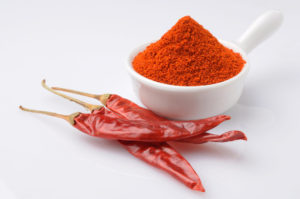
Indian red chilis are usually long and slender, but some are short and stout. I prefer the slender variety.
They are purchased whole and dried. You break them up with your fingers when you are ready to use one in a dish. You can reduce the amount of heat you want by discarding the dried seeds.
These are much fresher than the chili flakes commonly available in the West, but the flakes can be used as a substitute.
Red Chili Powder
Red chili powder is the ground red chili, seeds and all. It is one of the most commonly used spices in Indian cuisine, and it is very spicy.
If you do not have Indian red chili powder, substitute an equal amount of cayenne powder. The two chili types are similar in heat levels, but cayenne pepper burns the throat more. A second option is to substitute with red chili flakes.
Sambar Powder
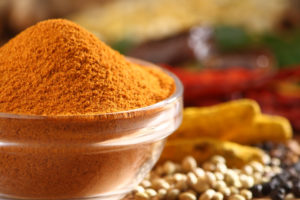
Sambar powder is a powdered spice masala used in South Indian cuisine. It is most commonly used to make the familiar lentil stew called sambar.
Sambar is unique in that in addition to spices like coriander, cumin, and red chiles, there are roasted and ground lentils in the mix.
I recommend that you purchase a sambar masala from an Indian store, or online. If you cannot source it, use equal parts coriander and cumin, and a touch of turmeric powder and red chili or cayenne pepper powder.
Turmeric (haldi)
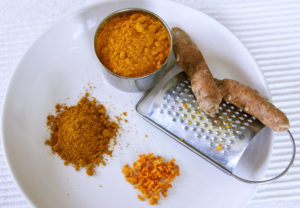
Turmeric is almost always used in its powdered form for Indian cuisine. The root looks similar to ginger, and it is sometimes available, but I don't recommend it for daily cooking because of its strong taste.
Turmeric is an essential, ingredient, and it is easy to find in any grocery store. If you don’t have it, buy it. It is used in almost every recipe.
Recommended for you: I Was Told To Put Turmeric In Every Dish. Here's Why I Am Glad I Listened!
Tamarind
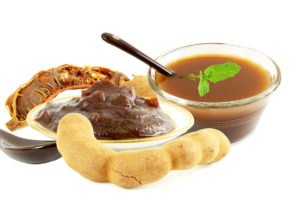
Tamarind is a sweet and sour fruit, commonly used in South Indian cuisine, and in many tropical countries.
You can purchase either a concentrate, which is easiest to use, or a brick of whole tamarind. The brick consists of the fruit pulp and seeds that you must process before using.
To process whole tamarind, soak a portion of the tamarind in warm water for 1 hour. Macerate it with your fingers and run the pulp through a sieve. Add water and repeat until all the pulp has been extracted. Use the tamarind water as directed in the recipe and discard the seeds.
You can also purchase tamarind pulp or paste. It is surprisingly good, and much easier to use, so I do recommend it.
In a pinch, a substitute for tamarind can be made with equal parts lime juice or rice wine vinegar, and brown sugar.
Other Indian Ingredient Substitutions
Ghee
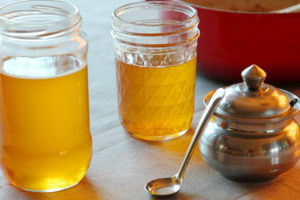
Ghee is a form of clarified butter with a pleasant nutty flavor. Ghee is unique in that it does not have any milk solids, and is therefore generally safe for people with lactose intolerance.
The absence of milk solids prevents the ghee from burning (unlike butter), and enables the ghee’s very high smoke point of 485 degrees Fahrenheit. Ghee is safe for high heat cooking, such as sautéing, or even deep-frying.
Ancient Indian Vedic wisdom holds ghee in the highest regard for healing, as well as for general health. Modern scientists say ghee’s rich source of butyric acid can suppress inflammation in the gut and other tissues.
Ghee can be purchased at most grocery stores. If you do not have ghee, use butter—or equal amounts of butter and olive oil—and cook on low heat to prevent burning the fat.
To learn more about ghee, see 10 Healing Benefits of Ghee.
Paneer
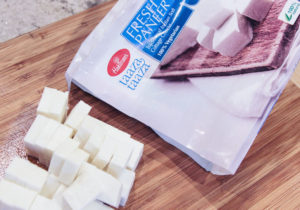
Paneer is a simple Indian cheese made by separating the curds from the whey and then pressing the curds together to form a block.
Paneer can be purchased at an Indian store. I have also seen it at Whole Foods, so it may also be available at other organic or natural foods stores in your neighborhood. It is also simple to make at home from whole milk. I will post a recipe soon.
Paneer does not melt like other cheeses, so there is no other cheese you could use as a substitute. If you do not have paneer, try using tofu, or substituting a vegetable instead.
Basmati Rice
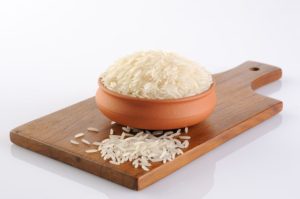
Basmati rice is a long, slender rice native to the Indian subcontinent. Basmati is characterized by its fragrant, nutty aroma.
Basmati is similar to jasmine rice, the latter of which can be used as a substitute. Alternately, a long grain American rice, such as Texmati or Carolina can be used.
For more information about Basmati rice, see How to Cook Perfect Basmati Rice.
Urad Dal
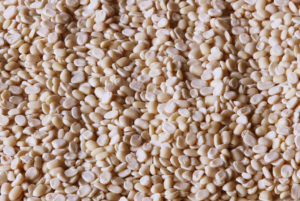
Urad dal is used as a seasoning in South Indian cuisine, but it is also used as an ingredient in dals. In its whole form, urad dal is a tiny white bean with a black skin, very similar to the mung beans commonly available in the West.
As a seasoning, the split, hulled form of the urad dal is used. It looks like a tiny, white lentil. To use it as a seasoning, the dal is browned in hot oil before vegetables or other ingredients are added to the dish. It imparts a pleasant nutty taste, and a chewy bite.
There is no good Indian ingredient substitute for urad dal as a seasoning. If you don’t have it, just leave it out.
If you liked this post, please share it with your friends on social media, or leave a comment below.
For more Buttered Veg lifestyle content, follow me on Pinterest, Facebook, Instagram, and Twitter.
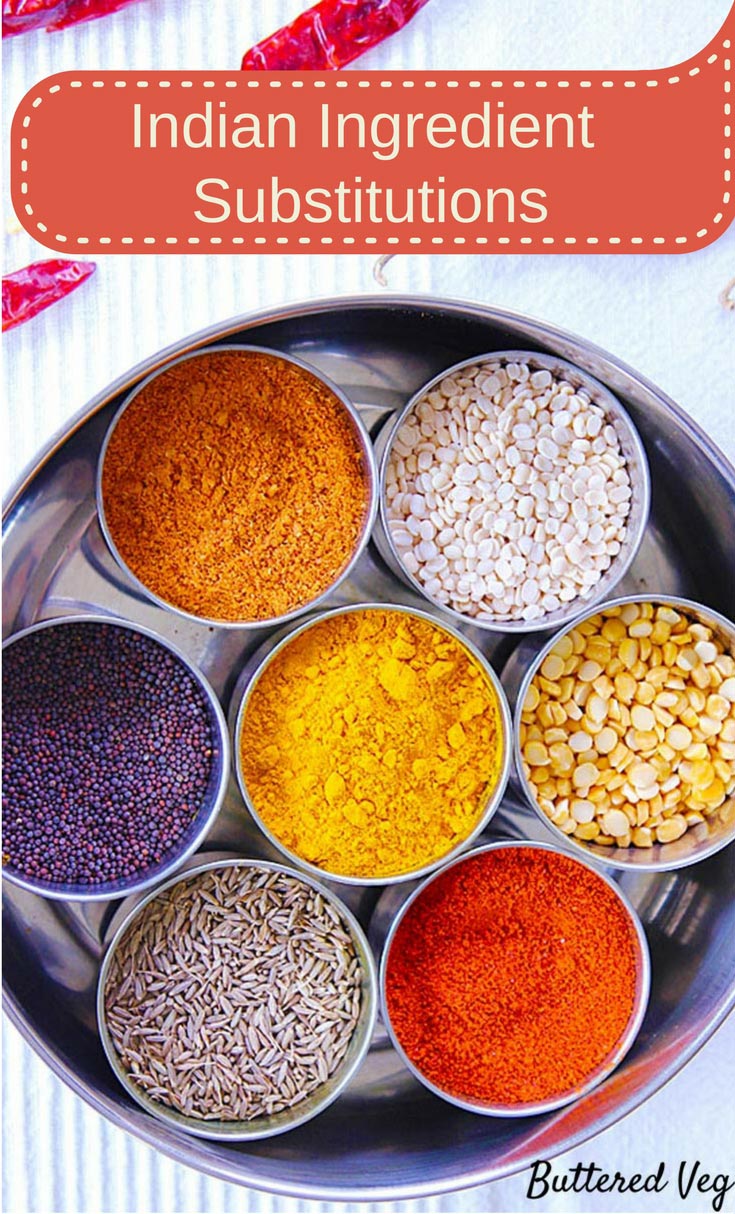

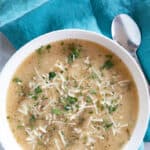
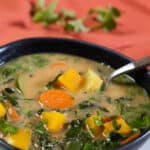
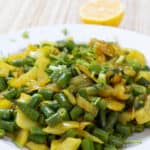
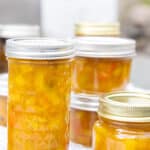



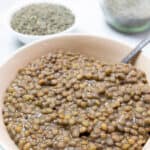
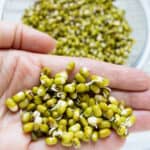
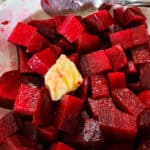


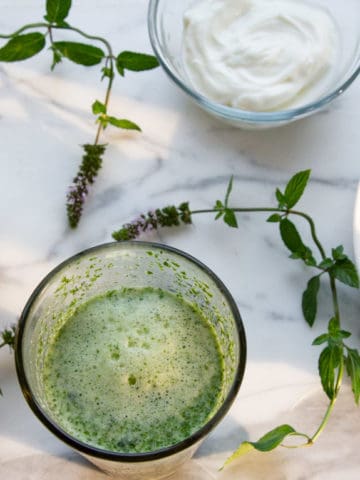
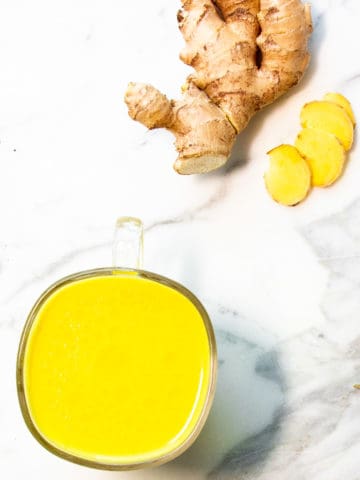
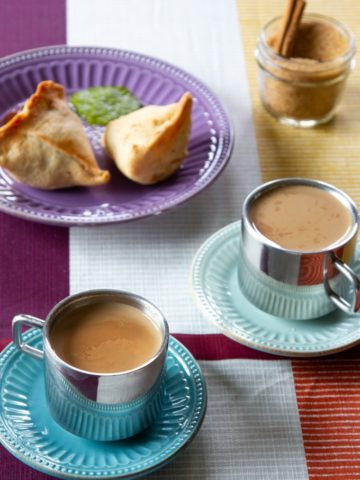
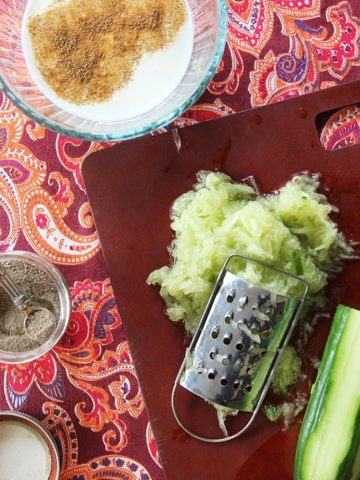
Cheri Merz
I'm considering ordering some urad dal from your link, but I'm not sure how long it will take my family of two to consume 4 pounds. Do you have a sense of how long I can store it?
Andrea
Hi Cheri,
I just did this calculation today! 4 pounds will be about 9 cups of dal. And it will store for years. —Andrea
Kathryn
Thank you so much for this post! I am such a fan of Indian food (saag paneer and dal fry are my favs), but want to save some money (and calories) by cooking it myself. I read your article to find out what I can substitute for green chilies, but learned so much more! I'm looking forward to trying your recipes 🙂
Andrea
Thank you Kathryn, You have come to the right place to learn about Indian food. We can continue to learn together. I will be releasing video recipes soon. I look forward to your feedback. Did you see the Paneer Tikka Masala. I think this recipe is the bomb!
Mary Ann
Very helpful. Thanks so much!
Andrea
Fantastic! Thanks so much for letting me know. Anything else I can help you with regarding Indian ingredients?
Mary Ann
Hi Andrea. Very possibly. I am new to cooking Indian food at home so I may have more as I go along. I do appreciate the help!